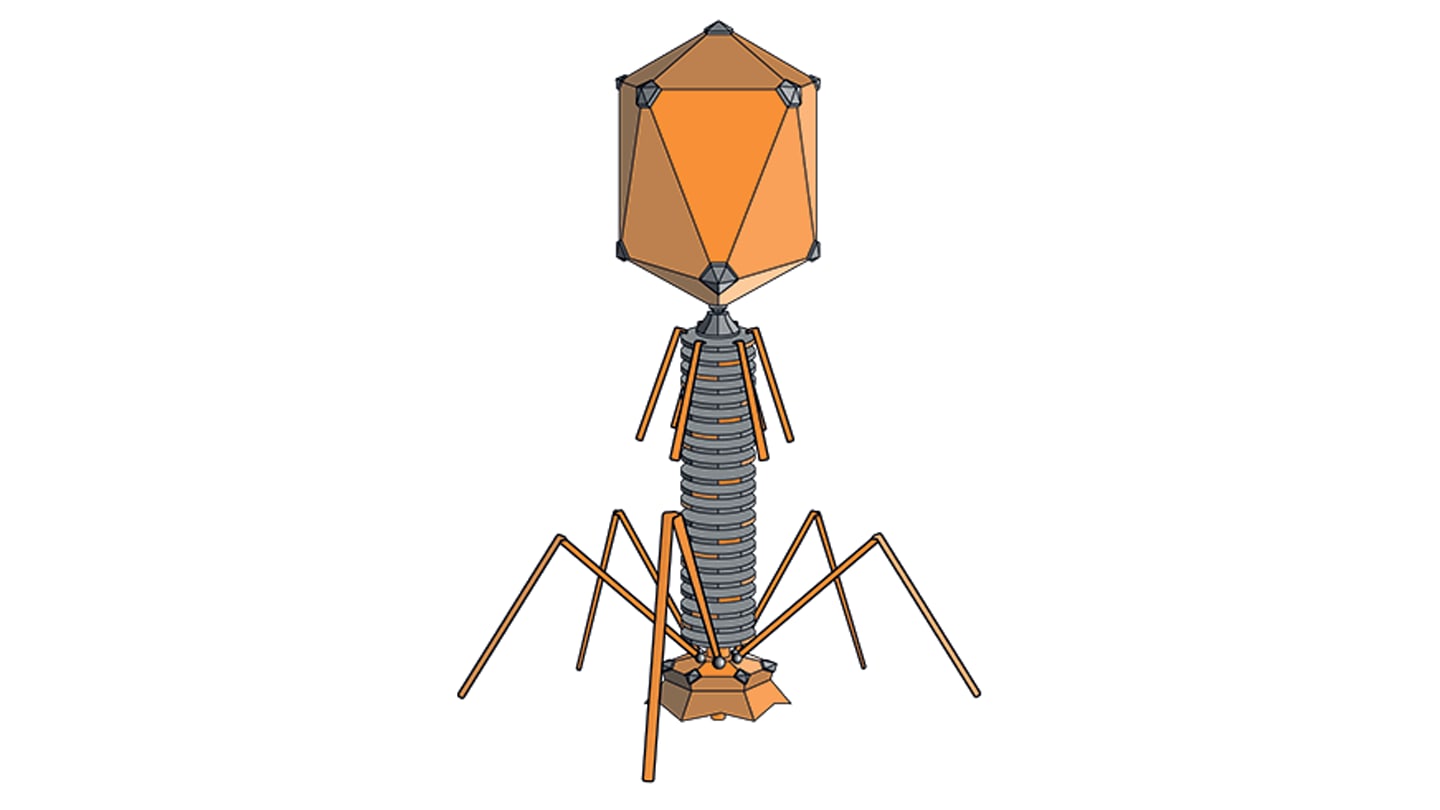This article is part of our special focus on "traditional" pharma: The Small Molecule Manufacturer (read more here). You can find more articles from The Small Manufacturer here.

Researchers from Purdue University believe that combining machine learning and tandem mass spectrometry could improve drug discovery. Interpreting mass spectra for drug discovery can be challenging and time-consuming, so the team developed a decision tree model trained on 36 known ion-molecule reactions with 2-methoxypropene (MOP), a neutral reagent used to differentiate between isomeric drug metabolites. In the paper, the researchers explain that the model “uses the graph-based connectivity of analytes’ functional groups as input to predict whether the protonated analyte will undergo a diagnostic reaction with MOP (1).” The model can characterize complex mixtures and identify chemical reactions and drug metabolites by predicting how compounds will interact with MOP in a tandem mass spectrometer.
One flaw of machine learning methodologies is that they can be difficult for humans to interpret, so the Purdue team has developed chemical reactivity flowcharts that can help users understand the mass spectra for structural information.

References
- J Fine et al., Chemical Science (2020).




